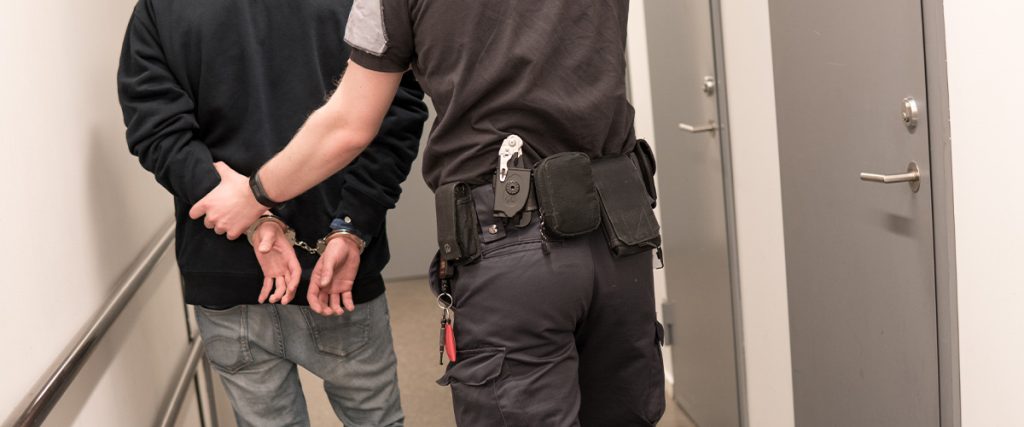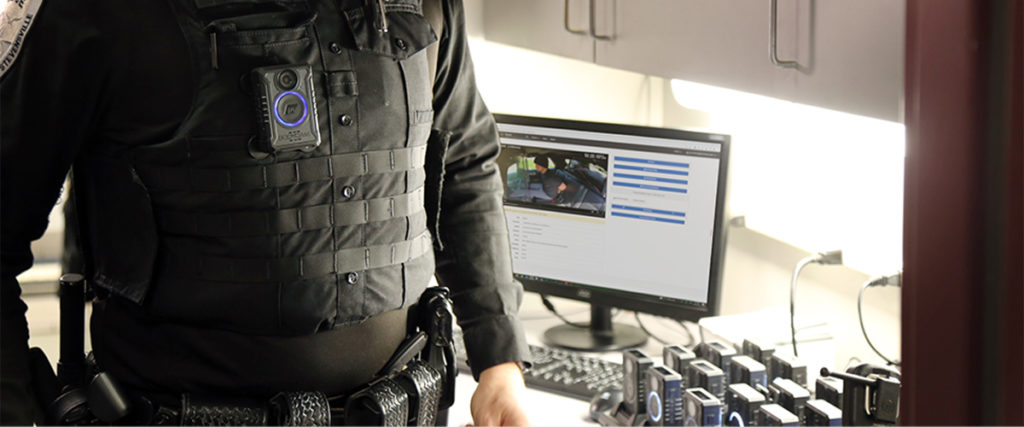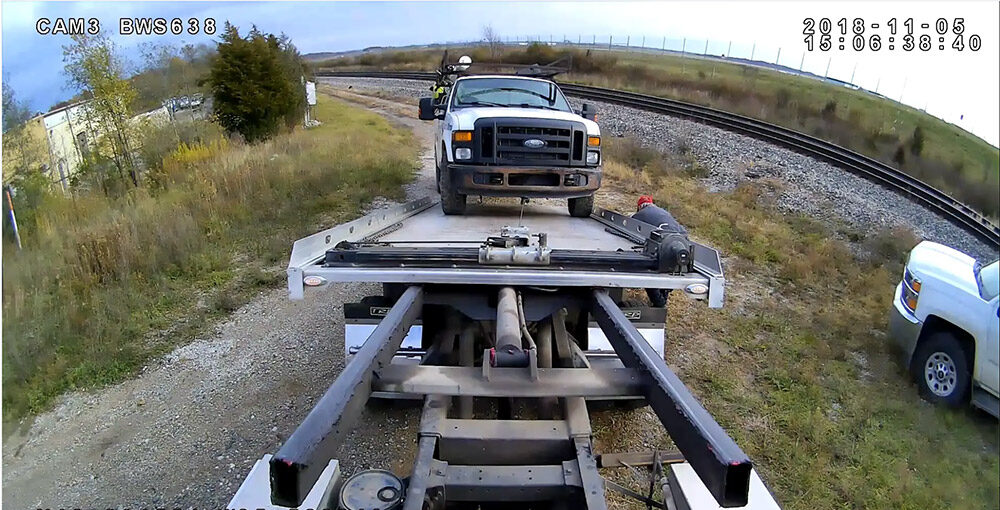5 Reasons a Correctional Facility Should Consider a Mobile Video Solution

Mobile video solutions are becoming more commonplace in correctional facilities. When you think of body cameras and other mobile video solutions, it’s natural to think of police officers rather than correctional officers. However, while the interactions within the corrections industry differ from those in law enforcement, the reasons for implementing a mobile video solution are fairly similar.
Corrections officers may have to defuse an altercation between inmates just like a police officer may have to defuse an interaction between civilians, and body-worn cameras capture those incidents and provide context.
However, it may not be necessary for a police officer to record their entire shift, but a corrections officer most likely will want to leave their body cameras on throughout their shift, as they are constantly in contact with inmates.
In addition to body cameras, cameras can be mounted to prisoner vans or transport vehicles to monitor inmate activity and have video evidence of a prisoner’s whereabouts before, during and after transportation.
Why Consider Mobile Video Solution?
The reasons for considering a mobile video solution are similar to the reasons the corrections industry already invests in CCTV systems.
Safety
The biggest reason to implement a mobile video solution is to keep everyone safe — not just the corrections officers but also the inmates. After all, while inmates are there for a reason serving their time, they still deserve to be held in safe living conditions. A 2014 study by the New Zealand Corrections Journal found during a six-month trial, there were nine recorded events where a prisoner de-escalated a situation when in the presence of a body-worn camera or stated they would have struck an officer if the camera was not there. That shows you the power body cameras have when things could have gotten violent.
Additionally, a 2018-19 study by the Body-Worn Camera Training & Technical Assistance program compared incidents at a correctional facility in Florida from August 2017-January 2018, prior to the pilot that implemented body-worn cameras and stun guns, to August 2018-January 2019 when the weapons/cameras were introduced. The pilot found a 42% reduction in staff assaults.
The fact is cameras often deter people from making poor choices.
Identifying smuggled goods is another reason a body camera is useful. CCTVs have limitations, so extra mobile cameras help spot illegal substances and keep your facility safe.
Exonerate Officers
As prisons become increasingly overcrowded, corrections officers can’t monitor everyone. Unfortunately, it’s a hard truth. Because of the high inmate-to-officer ratio, if an altercation wasn’t captured on CCTV, it’s often a case of he said, she said between inmates and officers, and in those situations, the truth rarely comes out.
With body-worn cameras, officers can capture an incident and the footage can be reviewed, exonerating an officer from any wrongdoing. Correctional officers have a tough job and false accusations, unfortunately, are quite common.
The Florida study found a 70% reduction in allegations of excessive force after implementing body-worn cameras.
Body-worn cameras also mean the onus isn’t on the officer to remember every single detail. Incidents happen quickly, and it can be difficult for corrections officers to recall the events exactly as they happened while trying to de-escalate a situation.
Tell the Whole Story
Everyone wants to know the truth, and body-worn cameras show exactly what happened. If there are several officers involved in a single incident, that means there are multiple points of view involved, making it easier to figure out how an incident took place.
CCTVs are stationary and only cover a small section of the prison. They have blind spots, and crucial actions could be missed if solely relying on CCTVs. You don’t want to take a chance your CCTVs will miss an important event.
Accountability
Corrections facilities not only want to hold their inmates accountable but also their officers. The presence of body cameras means there is no denying how an incident unfolded. And should an officer cross the line regarding inmate care, then the accountability falls on the corrections facility in disciplining the officer appropriately.
The body-worn camera pilot in Florida found a 51% reduction in reactionary use of force incidents. It’s important to make sure your correctional officers are following proper procedures.
Offset Cost with Grants
Many states are requiring law enforcement agencies to purchase body-worn cameras for their department, often offering grants to help offset the cost of outfitting an entire agency.
These grants don’t just include state and local police officers; body cameras for correctional officers generally are covered with these grants. Even if you don’t have the biggest budget, there are solutions available for you.
No matter the size of your correctional facility, Pro-Vision has the scalable and versatile solution to fit your needs.

